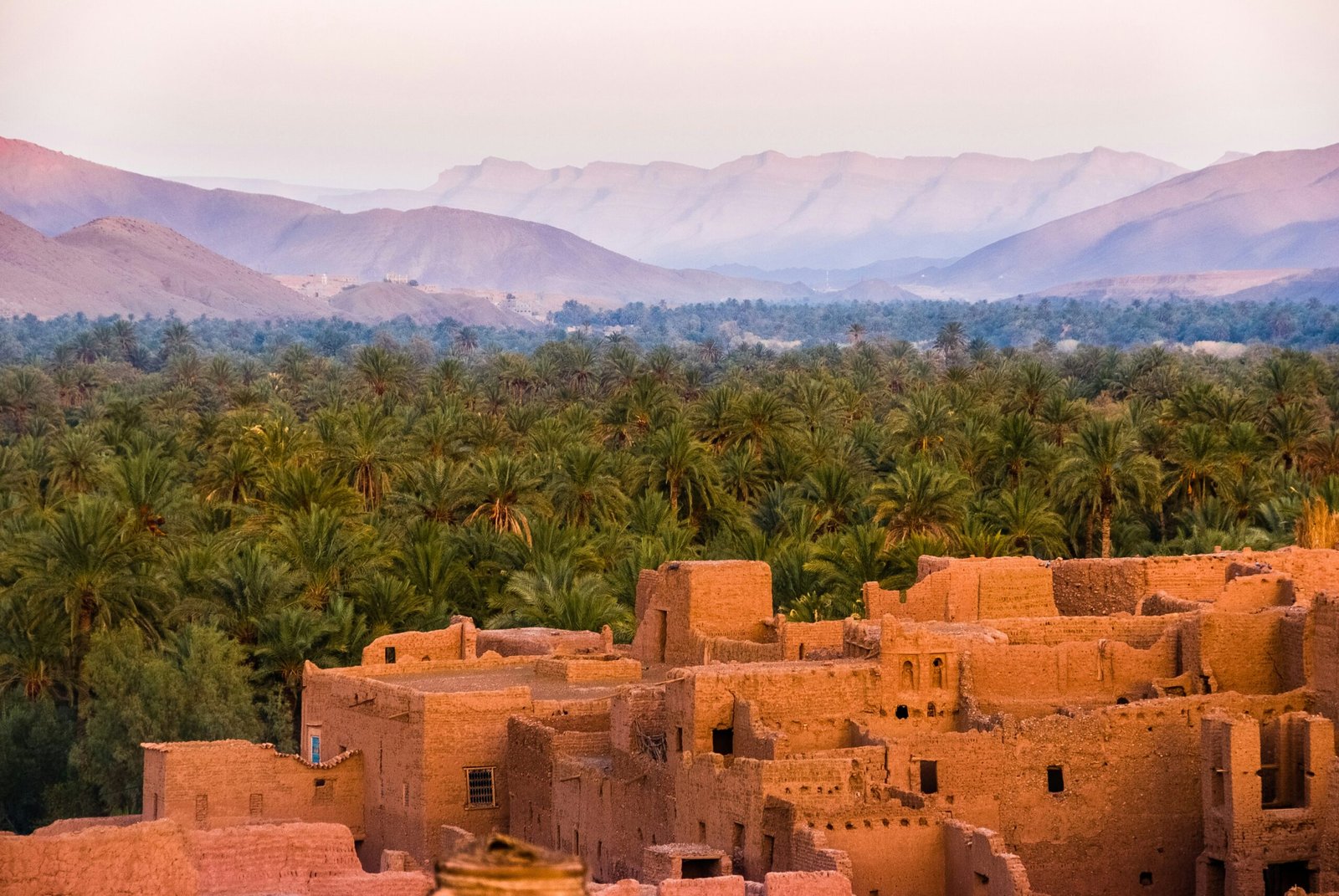Introduction
Morocco, a captivating country located in North Africa, offers a unique blend of ancient traditions, stunning landscapes, and warm hospitality. From the bustling markets of Marrakech to the serene Sahara Desert, Morocco is a destination that caters to every traveler’s desires. Whether you’re planning a vacation, seeking business opportunities, or considering studying abroad, this guide will provide you with essential information to make your visit to Morocco a memorable experience.
Location and Surface Area
Situated in the northwest corner of Africa, Morocco shares borders with Algeria to the east and southeast, the Atlantic Ocean to the west, and the Mediterranean Sea to the north. With a total surface area of approximately 446,550 square kilometers, Morocco offers diverse landscapes ranging from the rugged Atlas Mountains to the golden sand dunes of the Sahara Desert.
Climate
Morocco experiences a Mediterranean climate along its coastal regions, characterized by mild winters and hot summers. Inland areas, including the Atlas Mountains, have a more continental climate with colder winters and hotter summers. The Sahara Desert, on the other hand, is known for its scorching temperatures during the day and chilly nights.
Fauna and Flora
Morocco is a haven for nature lovers and wildlife enthusiasts. The country boasts a rich biodiversity with a variety of plant and animal species. From the majestic Barbary macaques in the Rif Mountains to the elusive Saharan cheetahs in the desert, Morocco offers a glimpse into the wonders of the natural world. The country is also known for its lush oases, vibrant gardens, and fragrant orchards.
Attractions
Morocco is a treasure trove of attractions, each offering a unique experience. Explore the labyrinthine streets of Marrakech’s medina, where you’ll find bustling souks, stunning palaces, and vibrant street performances. Visit the ancient Roman ruins of Volubilis, a UNESCO World Heritage site, or embark on a camel trek through the mesmerizing dunes of the Sahara Desert. Don’t forget to indulge in the aromatic flavors of Moroccan cuisine, known for its tagines, couscous, and refreshing mint tea.
Population and Languages
With a population of over 36 million people, Morocco is a melting pot of cultures and ethnicities. The official languages are Arabic and Amazigh (Berber), but many Moroccans also speak French, English, and Spanish, making communication easier for visitors.
Currency
The official currency of Morocco is the Moroccan dirham (MAD). It is advisable to exchange your currency into dirhams upon arrival, as it may be challenging to find places that accept foreign currencies outside major tourist areas. ATMs are widely available in cities, and credit cards are accepted in most hotels, restaurants, and shops.
Visa Requirements
Visitors from many countries, including the United States, Canada, and most European nations, can enter Morocco visa-free for up to 90 days. However, it is essential to check the visa requirements specific to your country before traveling. If you plan to stay longer or engage in business activities, you may need to apply for a visa in advance.
Culture and Customs
Morocco’s culture is a vibrant tapestry woven with influences from Arab, Berber, and European traditions. The country is known for its colorful festivals, such as the lively Fes Festival of World Sacred Music and the vibrant Marrakech International Film Festival. Moroccan hospitality is legendary, and visitors can expect warm welcomes, delicious traditional meals, and a genuine desire to make guests feel at home.
Main Cities
Morocco offers a diverse range of cities, each with its own charm and character. Casablanca, the economic hub, is known for its modern architecture and bustling waterfront. The imperial cities of Marrakech, Fez, Meknes, and Rabat showcase Morocco’s rich history and architectural wonders. Tangier, located at the gateway to Africa, offers a unique blend of Mediterranean and Moroccan influences.
Airports and Airlines
Morocco is well-connected to the rest of the world through its international airports. The busiest airport is Mohammed V International Airport in Casablanca, followed by Marrakech Menara Airport and Fes-Saïss Airport. Several airlines, including Royal Air Maroc, offer direct flights to and from major cities worldwide.
Conclusion
Morocco beckons with its enchanting blend of diverse landscapes, rich history, and warm hospitality. Whether you’re exploring the bustling souks of Marrakech, trekking through the Sahara Desert, or immersing yourself in the vibrant culture, Morocco promises an unforgettable experience. Plan your visit, and let the magic of Morocco captivate your senses.

